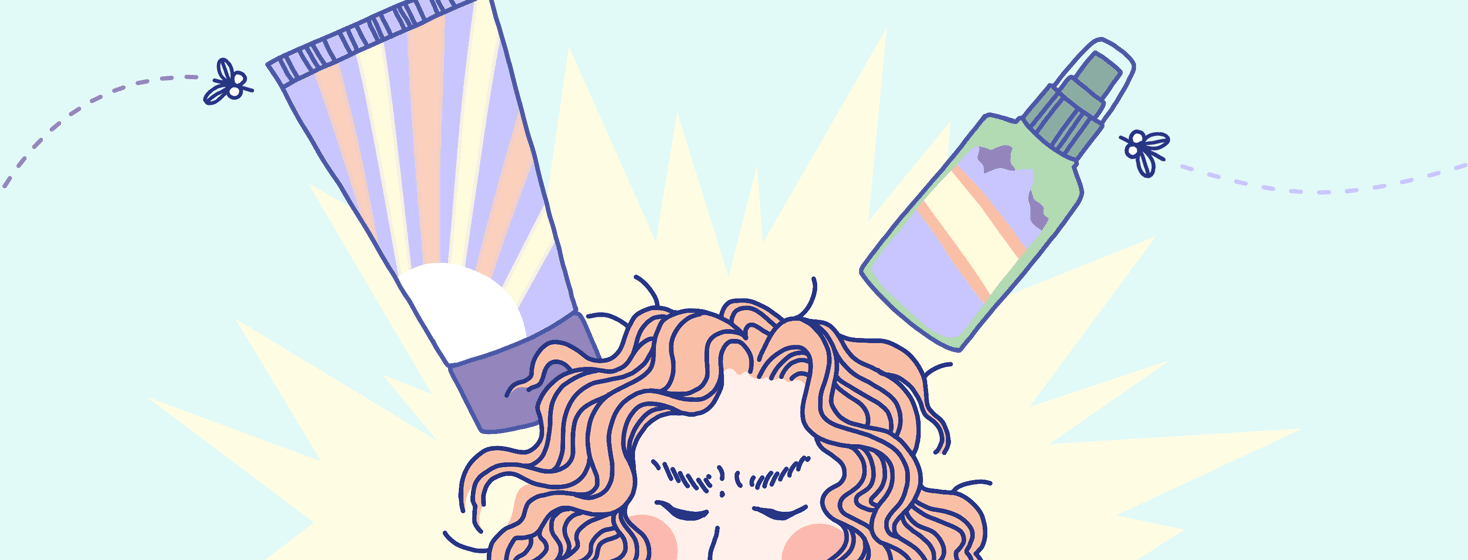Sunscreen and Insect Repellent Combos: I'm Bugging Out!
It’s been a sweltering summer in the South. Being active outdoors has taken some real planning - and patience, especially when you are trying to avoid getting too much sun. Evenings are only slightly less stifling, but they do offer some shade - and bugs. While I was swatting my umpteenth mosquito and giving the side-eye to a horsefly coming in hot, I started wondering about insect repellents. As I swatted and ducked, I read up on repellents with sunscreen. Wouldn’t it be great to kill two birds with one stone?
Sunscreen and bug spray combos
I am glad I fell down this rabbit hole because I found some interesting tidbits about sunscreen and insect repellents that I would, otherwise, not have known. There are several products on the market that offer customers the benefits of both insect repellent and a sun protection factor (SPF). I was surprised to learn that many of these have an SPF of 30 or higher and are available at most national retailers or through their websites. I read a bit more - that rabbit hole is a deep one.
How to use sunscreen and bug spray - Which comes first?
There is a definite benefit to researching. Without it, I wouldn’t have discovered some incredibly helpful information regarding the sunscreen/insect repellent combo. As it turns out, using the two simultaneously is encouraged but only if applied as two separate products and in the proper order when adhering to the recommendations for reapplication. It is important to remember that DEET, the ingredient found in many insect repellents, could decrease the effectiveness of the SPF found in sunscreens making it essential to apply the appropriate amount of sunscreen and reapply it regularly while exposed to the sun.1
While there seem to be no official studies on the effectiveness of applying sunscreen first followed by insect repellent, it is generally advised to do so.2
Just as we are advised to apply sunscreen about 15 minutes before going outdoors, there are suggestions for applying insect repellent. Applying sunscreen first allows it to fully absorb into the skin. After about 20 minutes, it is recommended that you add a fine mist or light coat of insect repellent.3 When reapplying the repellent of your choice, wait until you feel the need - it’s not necessary to reapply on an hourly or 80-minute basis as you would with the sunscreen.
Sunscreen and bug spray combos for kids? Yes or no?
My own children are now young adults, but I was curious about how to deal with sunscreen and insect repellent for children; there are always those slight variations to consider. Even though there are many such combination products available that make applying the two much more convenient, it’s not wise to use them on young children. Brenner Children’s asserts that these combo sprays and creams should be avoided due to the fact that SPF should be reapplied at a much more frequent rotation than insect repellent.4
Now that I have a good deal of information through which to sort, maybe summer in West Tennessee will be a little more bearable. The sunscreen is a no-brainer, but I feel better equipped to fight these little winged devils in the safest way possible. If we could just do something about this heat...

Join the conversation